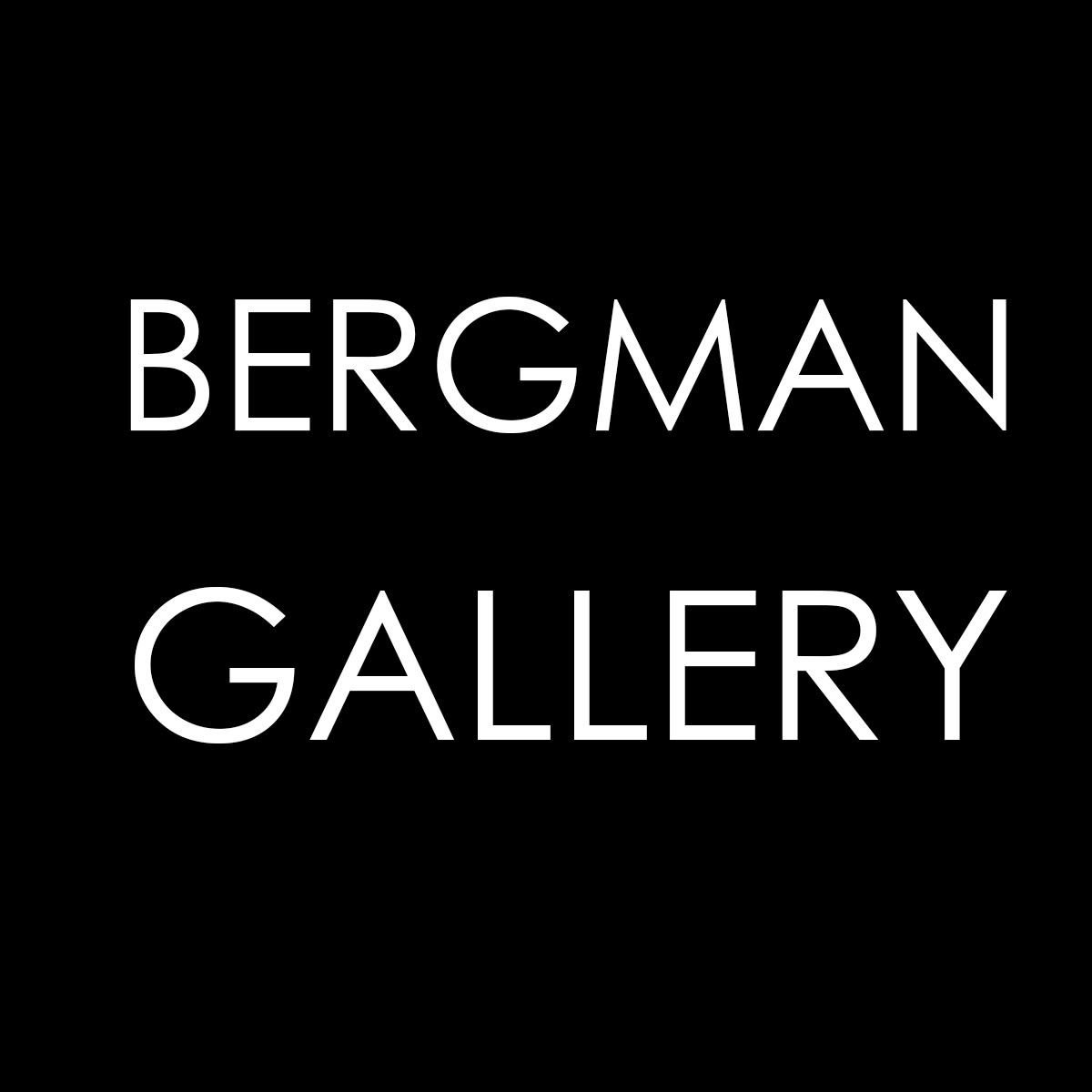Raymond Sagapolutele (born 1971, Ōtāhuhu, Auckland, New Zealand) is a Samoan-New Zealander photographer and visual artist with ancestral ties to Fatuvalu (Savai'i) and Saluafata (Upolu), Samoa. A self-taught photographer since 2003, he began his journey through editorial work with Back to Basics and Rip It Up, later contributing to The New Zealand Herald and Metro. Sagapolutele completed his Master of Visual Arts with first-class honours at Auckland University of Technology in 2019, earning the Dean's Award for Excellence.
His work channels suburban life, community affiliation, and ancestry through a narrative lens, drawing on Samoan storytelling traditions and the oratory form of fāgogo. His photographic practice interrogates identity, memory, and the representation of Pacific communities, often employing ancestral skull imagery as a symbol of time, lineage, and spiritual presence. Sagapolutele is a founding member of the ManaRewa art collective and contributes to nurturing local art communities in Manurewa.
His exhibition record spans Aotearoa and beyond: solo and group shows in Auckland (Our Parents' Dreams, Mo I Tatou, Aua e te fefe - Don't be afraid) and participation in international exhibitions in Germany, China, Rarotonga and the United States. In 2025, Creative New Zealand supported Sagapolutele's participation in the reopening of the Art of Oceania galleries at The Metropolitan Museum of Art, New York - marking a significant moment for Pacific representation on the world stage.
Raymond Sagapolutele's images weave personal reverie, communal belonging, and cultural continuity. His work resonates as a framed invitation to witness, remember, and belong - ensuring ancestral voices endure in the visual narratives of our time.

